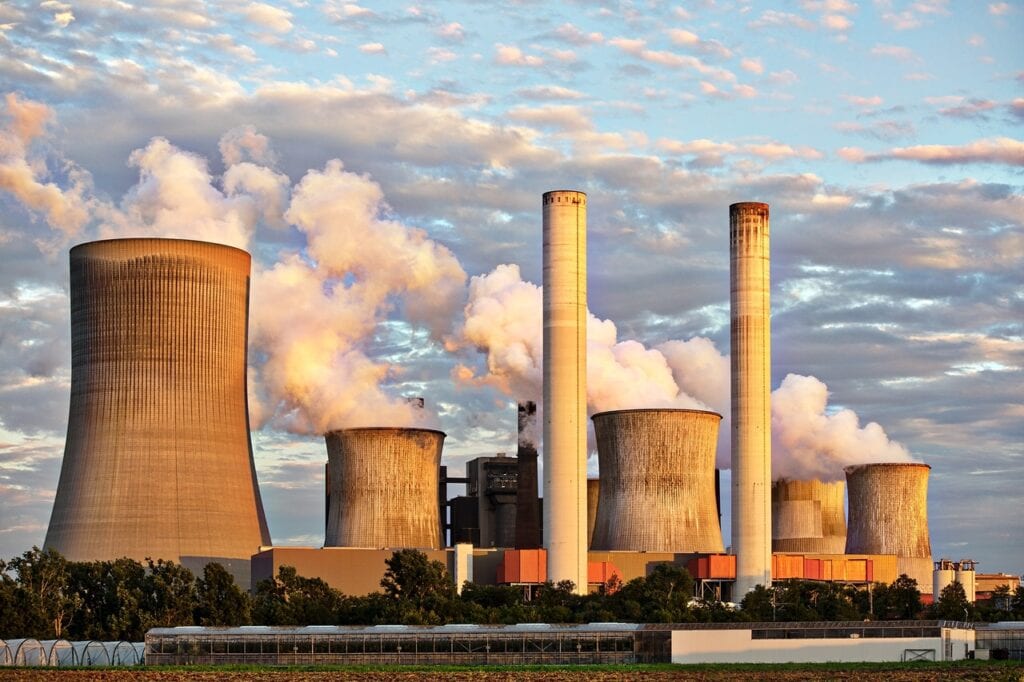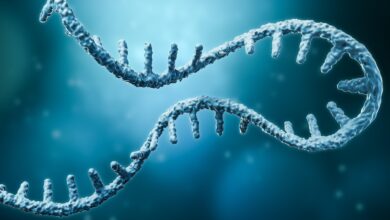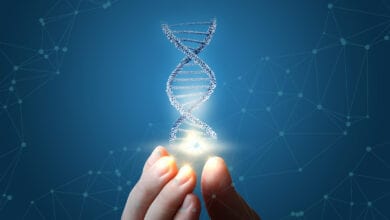Nuclear Energy – Friend or Foe?

Depending on whom you ask, nuclear energy is either seen as a friend or as a foe. There is no in-between when it comes to this discussion.
There are people out there that are completely against nuclear power plants, while others claim that there are many benefits to using such technology.
But what is the definitive answer to this age-old question? Is nuclear power really good for humanity, or it is an enemy we should avoid at all times.
To give you a definitive answer, we are going to look at the advantages and disadvantages of utilizing this technology. With all that said, let’s start.
Advantages
1. Low Running Costs
What argument works most when it comes to establishing the advantages is the fact that nuclear energy has very low running costs. This makes it one of the most cost-effective energy solutions on the planet.
If we ignore the construction costs, you will be surprised to see how much it costs to produce such energy compared to other sources. Coal, gas, and oil are much more expensive to turn into energy, while nuclear energy is gradually less expensive to produce.
Fossil fuels and other energy sources are also prone to price inflation, something that will unlikely happen with nuclear power.
2. Very Reliable Solution

Unlike other energy solutions, nuclear power is much more reliable. That’s because it doesn’t depend on other, external factors. For example, wind power is highly dependent on the wind. Solar power depends on the energy of the sun, while nuclear power doesn’t depend on anything.
You can produce nuclear energy for 12 months without any stoppages or climate issues in the form of bad weather, rain, etc. The fact that reliability isn’t an issue is a highly valued advantage that nuclear has over other solutions.
Another thing to note is the fact that nuclear power is made out of uranium. The uranium deposits on our planet are well enough to last in the next 8 decades.
Fossil fuels, on the other hand, are down to their bare bones. We are expected to run out of fossil fuels in the next 4 to 5 decades, making nuclear energy the predominant choice.
3. It Can Be Adjusted To Suit Load Needs
One thing that we can do with nuclear power plants is to adjust them to produce more or less energy. The need for this can be based on other sources.
For example, we could well establish a big wind turbine grid that can generate a substantial amount of energy when the wind blows. Since wind turbines are excellent sources of energy under the right circumstances, we can completely put nuclear power plants idle as there is no need for power.
Whenever the weather conditions aren’t suited for wind turbines to operate, we can put call back the need for nuclear plants to operate.
This means that we can adjust manufacturing needs based on other sources to preserve the uranium and make it that more efficient.
While we will discuss other advantages related to this source, you can find great articles about nuclear power on clean-energy-ideas.com.
4. Low Pollution

A big misconception about nuclear energy is the fact that it produces high pollution. This couldn’t be further from the fact. When people think that this power source creates high pollution they actually mean waste.
Nuclear energy creates a high amount of toxic waste that can wreak havoc on the environment. But the overall output of generating such energy is very low. Fossil fuels are much bigger pollutants and that is why this is seen as an advantage rather than a disadvantage.
Disadvantages
5. Environmental Impact
Now that we’ve gotten some of the advantages out of the way, let’s touch on the first disadvantage.
The environmental impact of nuclear power can be rather dangerous. This is because the waste is usually disposed of in water through mining.
And if we don’t regulate the method of discharge, we can eradicate an entire area with arsenic and radon. The overall health of the people living around uranium deposits and power plants is significantly worse.
Another way that uranium power plants have a negative impact on the environment is through the process of turning uranium into steam. Since these power plants must be located next to bodies of water such as lakes, oceans, and rivers, we use the water to cool the uranium and create steam.
This means that the water used can oftentimes reach 100s of degrees before we throw it back into the body of water for reuse. This means that the water is now polluted with toxic waste and can oftentimes render entire lakes and rivers uninhabitable to most fish and aquatic life.
6. It Requires A Lot of Water

Water is the base solution used in making nuclear energy. And we require a lot of water to create this energy. It is estimated that we require hundreds of billions of gallons of water throughout the year to produce this type of energy.
And the more water we use the more we damage aquatic life.
7. Accidents Are Very Real
And onto the last disadvantage, but this time an equally damaging one. Namely, if you’ve seen HBO’s “Chernobyl”, then you are very much familiar with the damages nuclear accidents can cause.
Other notable nuclear accidents are the ones at Fukushima and the Three Mile Island in Pennsylvania.
All three accidents have seen catastrophic damages to both wildlife and human life. It is estimated that upwards of 20 million people have been affected by all three accidents.
Conclusion

While there are obvious benefits to using nuclear power, for many people the disadvantages are more than enough to render the technology useless. Whichever way you look at it, we can establish this type of energy as both friend and foe.
If we are not careful how we dispose of waste and handling of these power plants, then we can cause significant damages to both the environment and life. But if we use it carefully, then we can significantly reduce our carbon footprint by eliminating fossil fuels.




